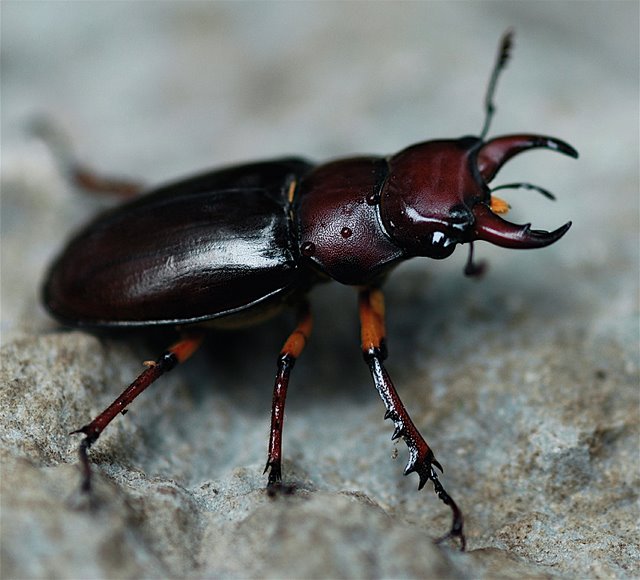










 |





 Sometimes the light comes
Pouring over the horizon,
Thick and yellow as juice
From a fresh squeezed orange.
Other mornings its hesitates
As if unsure of its way,
Wondering about its welcome
And waiting for some final signal.
Today it arrived in radiant blast
A sudden headlong dazzle
That pierced and conquered
In swift, triumphant brilliance.
The coming of the light
Is as old as time and creation.
Let there be light, said God,
And the new light was good.
So why should I be surprised
By an event that occurs regularly,
Once every twenty-four hours?
Why does the light melt my heart?
Yet am I always gobsmacked,
Overcome with joy and wonder
By this good new light,
Thankful to find its blessing.
Sometimes the light comes
Pouring over the horizon,
Thick and yellow as juice
From a fresh squeezed orange.
Other mornings its hesitates
As if unsure of its way,
Wondering about its welcome
And waiting for some final signal.
Today it arrived in radiant blast
A sudden headlong dazzle
That pierced and conquered
In swift, triumphant brilliance.
The coming of the light
Is as old as time and creation.
Let there be light, said God,
And the new light was good.
So why should I be surprised
By an event that occurs regularly,
Once every twenty-four hours?
Why does the light melt my heart?
Yet am I always gobsmacked,
Overcome with joy and wonder
By this good new light,
Thankful to find its blessing.







I’ve spent most of the day indoors, working, peering out longingly through the window near my desk at the moving water, sunlight sparkling on the pools, watching squirrels bound around the yard and hummingbirds hover and sip homemade nectar from the feeders. Occasionally something would startle one of the great blue herons wading the shallows, and the big bird would lift with a squawk and go flapping off, following the river.
When the burden of my necessary imprisonment became overpowering, I would pause in my typing to go outside for a break—sit in the hot sun, walk around the yard or along the riverbank, check out flowers or trees. The dogs appreciated a brief outing, too.
Now, desk work completed, as the day draws to a close and the pace of life along the riverbank has already slowed with the fading light, I’m going to head outside again and relax there until dark.
Usually I sit in my rocker on the deck, where I can watch the big pool in front of the cottage and the steep riffle just upstream. This evening, however, I plan to take my ease from the bench at the top of the little knoll—a couple hundred feet from the house, at the property’s downstream corner.
The bench sits on a little grassy patch shaded by a clump of large sycamores and a fair tangle of various volunteer seedlings I’ve allowed to grow, which serve to shield the spot until it’s almost hidden from view from the water. An intimate green pocket—like a secret room—from which I can see out without passersby being about to see in. I can observe everything from heron to muskrats, wading fishermen to passing canoeists and kayakers.
Along with the bench, there’s a chiminea up here, too—one of those cast-iron outdoor fireplaces my son-in-law’s father gave us for Christmas a couple of years ago. On cool autumn evenings it’s nice to build a stick fire, scoot the bench close, and bask in the little stove’s radiant heat as colored leaves rattle earthwards, owls hoot from the darkness, and a big harvest moon goes rolling across the sky.
Of course, seeing as how this is July, I’m not planning on lighting a fire in the chiminea this evening.
Instead, I’ll kick back on my bench, sip whatever it is I’ve brought along, and watch all the interesting delight the evening holds. Swallows working the air above the pool? Ducks winging hurriedly upstream, low to water, their quick wingbeats making a silky scratching sound? A smallmouth feeding above the riffle? A whitetail deer slipping like a pale shadow along the path which borders the edge of the island across the narrow channel?
Only time will tell…and right now, while the light is still good, it’s time for me to take my bench seat and enjoy the show.
[This is for Raph, of Raph's Ramblings, whom I promised some time ago that I'd do a posting about my bench.]

